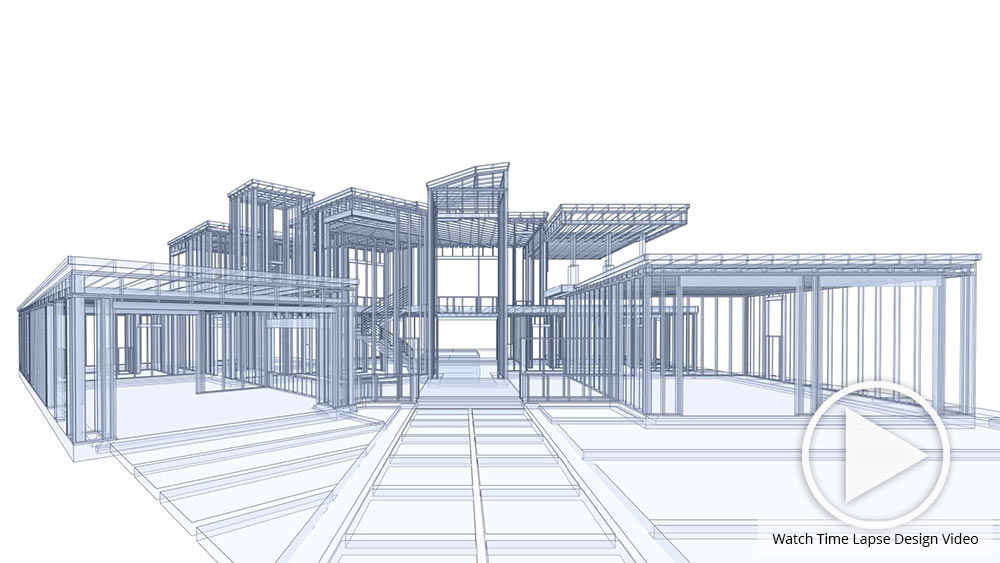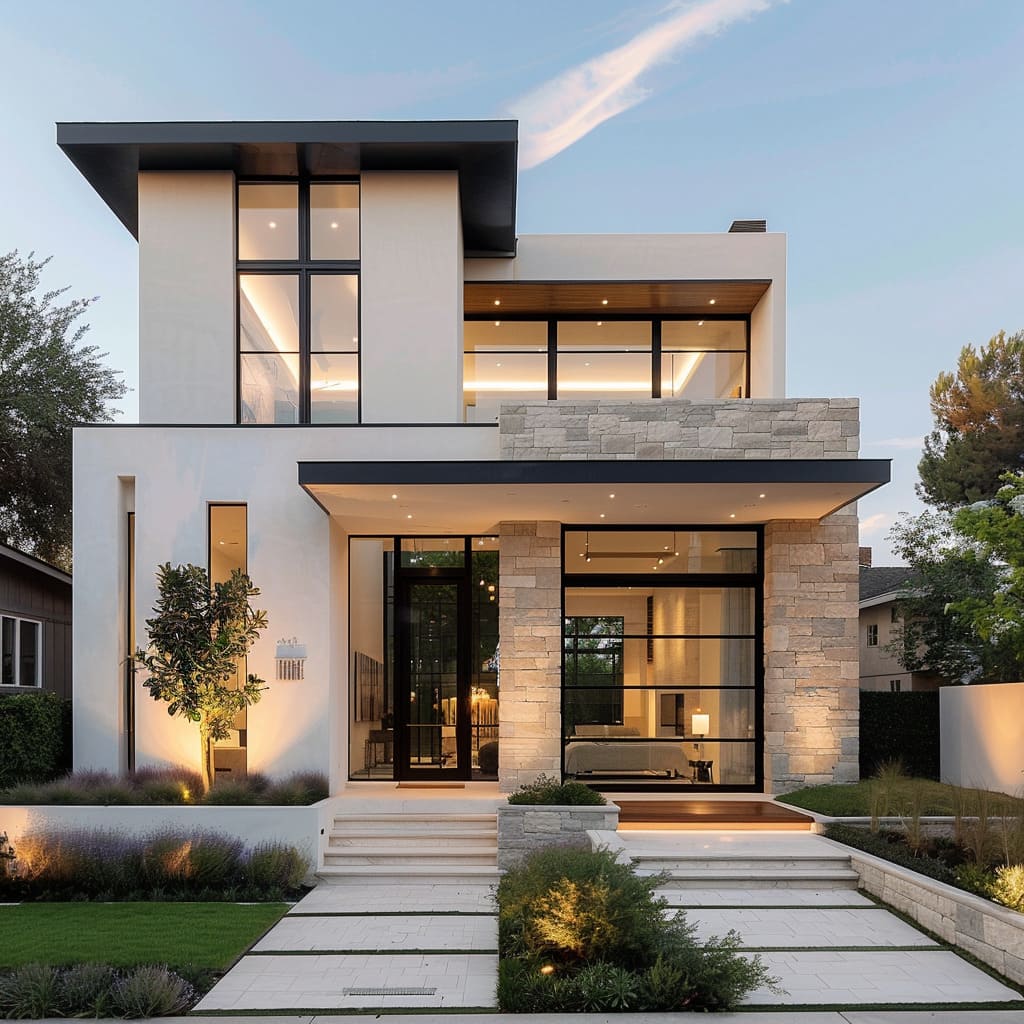Exactly How CDA Architects Integrate Imagination and Performance in Modern Style
Exactly How CDA Architects Integrate Imagination and Performance in Modern Style
Blog Article
Recognizing the Collaborative Process Between Engineers and Engineers in Modern Building And Construction Projects
The collective procedure in between architects and engineers is important in contemporary building tasks, as it integrates layout intent with design usefulness. Discovering these characteristics reveals insights that could significantly impact project outcomes and overall industry standards.
The Importance of Collaboration
The collaborative synergy in between designers and designers is necessary for the successful realization of any kind of building project. This collaboration combines distinctive expertise and viewpoints, allowing the assimilation of ingenious style with useful engineering remedies. By interacting, designers and designers can make sure that a project not just meets visual and useful demands however also follows safety, sustainability, and budgetary restrictions.
Collaboration fosters a shared vision, assisting in the alignment of objectives and assumptions from the outset. This positioning is crucial in attending to possible challenges and mitigating dangers that can arise during the task lifecycle. Moreover, a collective technique enables the efficient allowance of sources, optimizing both time and cost.
The significance of partnership includes the repetitive procedure of design and construction, where feedback from engineers can notify building choices, bring about even more viable and sustainable designs. Conversely, designers can influence engineers to believe creatively regarding exactly how to accomplish architectural stability without jeopardizing creative intent. Eventually, the collective connection between designers and engineers is not simply useful; it is essential to the development of top notch, useful, and ingenious developed atmospheres that meet the needs of society.
Interaction Strategies and Devices
Efficient communication techniques and devices are crucial for promoting partnership between engineers and designers throughout the job lifecycle. Establishing clear networks of interaction is necessary to make sure that all team members are straightened with job objectives, timelines, and responsibilities. Normal conferences, both in-person and virtual, provide possibilities for stakeholders to go over development, address issues, and make educated decisions.

In addition, adopting collective interaction tools, such as Slack or Microsoft Teams, enables instantaneous messaging, file sharing, and continuous conversations, advertising a more nimble action to arising issues. File monitoring systems additionally play an important duty in arranging project paperwork, making sure that all staff member have access to the current info.
Shared Objectives and Job Vision
A linked project vision works as the foundation for successful partnership between designers and designers (cda architects). This common vision not just straightens the initiatives of both events yet additionally develops a common framework for decision-making throughout the job's lifecycle. By verbalizing clear objectives, stakeholders can properly browse the complexities of modern construction jobs, making sure that both visual and practical demands are satisfied
Establishing shared goals involves open dialogue and a comprehensive understanding of each self-control's payments. Designers usually concentrate on style intent, spatial relationships, and user experience, while designers stress architectural stability, systems functionality, and compliance with laws. When these viewpoints are straightened, the outcome is a cohesive project that abides by both creative desires and technological usefulness.
Additionally, a well-defined project vision cultivates responsibility amongst staff member, urging each individual to take ownership of their duty in attaining the preferred outcome. Normal check-ins and collective workshops can even more enhance this dedication, enabling adjustments to be made as the task develops. Ultimately, a common vision not only boosts team effort yet likewise elevates the top quality of the final deliverable, leading to effective job conclusion.
The Function of Technology
Leveraging technology has ended up being crucial in enhancing partnership in between engineers and designers. Structure Information Modeling (BIM) stands out as a critical innovation, enabling both engineers and designers to develop detailed 3D models that encapsulate design intent and structural stability.
Moreover, cloud-based systems make it possible for smooth partnership, allowing project stakeholders to access and upgrade job data from anywhere. This fosters a society of openness and liability, as changes can be tracked and reviewed in real-time. In addition, mobile applications additional improve communication, giving on-site groups with immediate accessibility to project requirements important source and updates.
Arising modern technologies such as expert system and device learning are additionally beginning to contribute in anticipating analysis, aiding groups identify possible problems prior to they develop. Ultimately, the duty of innovation in architecture-engineering collaboration not just improves operations effectiveness yet likewise boosts advancement, leading to even more successful job outcomes. By accepting these technological improvements, architects and engineers can make certain a much more natural and efficient joint process throughout the building lifecycle.
Study in Effective Partnerships
Many case research studies highlight the profound effect of reliable partnerships between engineers and designers on project results. One remarkable example is the partnership on the High Line in New York City City, where landscape architects, engineers, and urban planners worked with each other to change an abandoned rail line into a lively public park. This multidisciplinary strategy not only improved the aesthetic top quality yet also guaranteed architectural safety and security and ecological sustainability.

The Burj Khalifa in Dubai even more demonstrates the relevance of joint initiatives - cda architects. The integration of design and engineering expertise enabled the project group to attain unprecedented elevations while adhering to safety and security laws and aesthetic vision
These instances useful content emphasize the relevance of communication, count on, and shared purposes. In today's complex building setting, such partnerships are necessary to browsing challenges and supplying jobs that fulfill both useful and visionary objectives.
Final Thought
In final thought, the cooperation between designers and designers is important for the success of contemporary building and construction projects. Efficient interaction strategies, a shared job vision, and the combination of innovative technologies are vital parts that promote this partnership.
Report this page